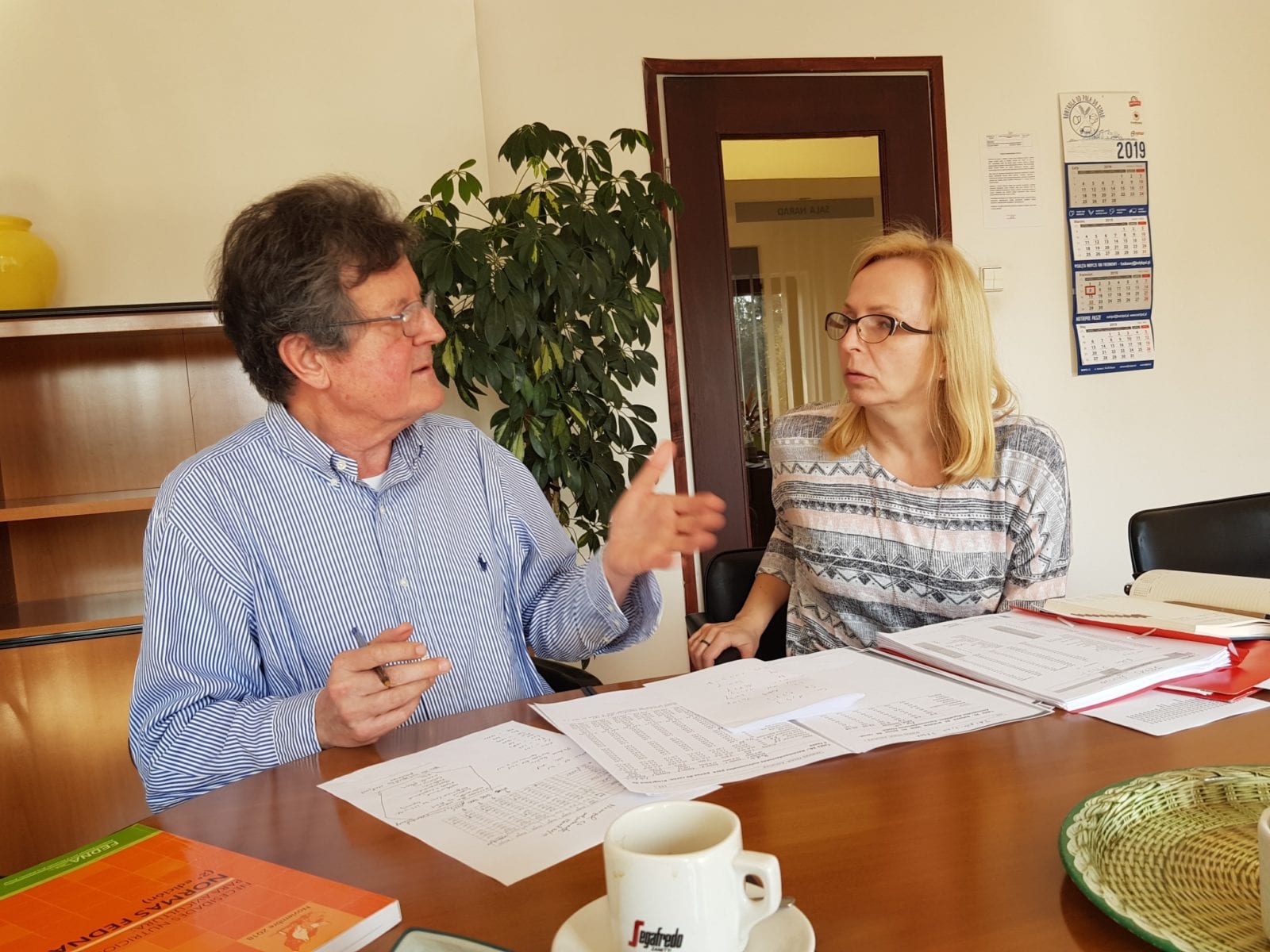U.S. Soy Industry Provides Support to Polish Customers for Swine Nutrition, African Swine Fever Virus
- Category:
- Animal Utilization
- General News

In the Polish market, USSEC focuses on poultry and swine because those sectors consume most of the 2.5 million metric tons (MMT) of soybean meal imported to the country annually. In addition to larger educational events such as conferences, seminars, and training courses USSEC organizes for these industries each year, the organization also offers a series of in-company consultations for select key customers, which serve to discuss the customers’ feeding programs and feed manufacturing procedures as well as livestock health and management issues in their operations.
One such event this spring was a poultry and swine feed meetings, which featured two Spanish subject matter experts, Dr. Gonzalo Mateos, a renowned poultry and swine nutrition specialist, and Dr. Enric Marco, a practicing swine veterinarian with a deep knowledge on digestive pathology, both of whom were already well known to the Polish customers through various professional conventions. This time, Drs. Mateos and Marco toured northeastern and western Poland, visiting Nutripol and Wipasz and PIAST and Golpasz, respectively.
The major topic discussed at all companies visited was antibiotic reduction in animal production, especially its effects on post-weaning digestive problems. Nutritional solutions based on changes in formulation (lower protein content, higher fiber), quality of protein, feed additives, and also other predisposing factors related to animal husbandry were also examined.
The USSEC consultants also spoke on the problems of fast-growing pigs, specifically gastric ulcers and hemorrhagic bowel syndrome. Feed risks in the development of gastric ulcers were detailed, giving special attention to feed particle size, especially when wheat is used in large percentages. Additionally, feed management was reviewed, as one of the main causes for both syndromes is the alteration of feeding pattern.
Swine health situation in Poland, especially concerning the African Swine Fever virus (ASFV), which is especially affecting the northeastern provinces of the country, and its impact on Polish farmers and the pork market were discussed. Dr. Marco emphasized the opportunities of this situation for the more industrialized swine market, which is slowly taking over the traditional segment of this production in Poland.
Professor Mateos explained Spain’s experience with the level of digestible protein fed to DanBred weaners in various phases of their growth, an important topic for Polish growers, the majority of whom finish piglets imported from Denmark. He also spoke about the type of fiber used and its level in feeds in the finishing phase, as well as how Spanish and U.S. growers deal with anaerobes in DanBreds over 70 kilograms. USSEC experts shared information on the use of locally grown legumes – lupins, peas, field beans, and rapeseed - as protein sources in pig nutrition, which allowed them to highlight the benefits of feeding U.S. Hi-Pro to the various age groups of pigs.








